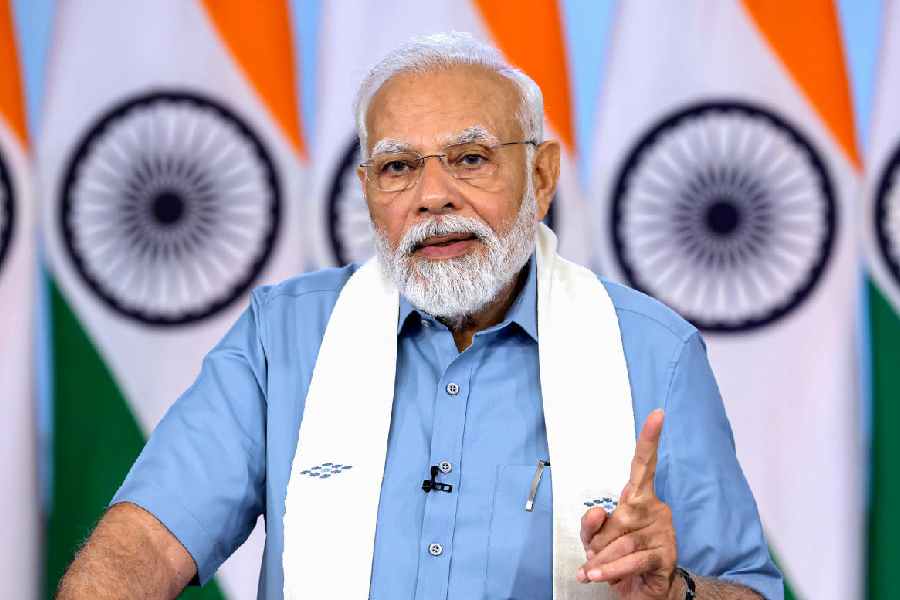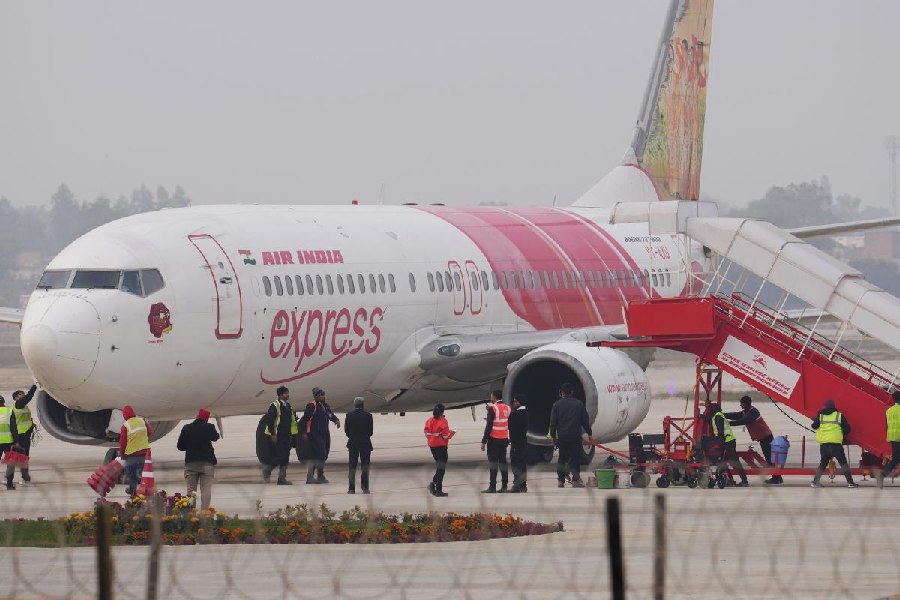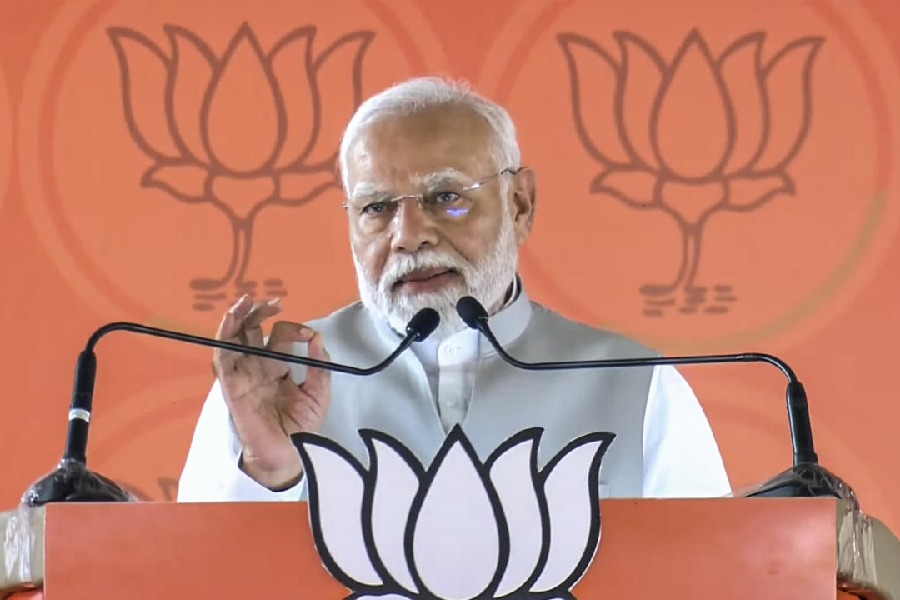Less than a week after Prime Minister Narendra Modi met the Chinese president, Xi Jinping, briefly on the margins of the BRICS summit, Beijing is back to a familiar pattern of provocations. On August 28, Beijing released a new map showing occupied Aksai Chin, Arunachal Pradesh and other parts of Indian territory as part of China. The external affairs minister, S. Jaishankar, has rightly described the claims as absurd, but Beijing’s move will test Indian diplomacy. India has lodged a formal protest with China. But with elections approaching, with the Opposition unsurprisingly accusing Mr Modi’s government of weakness against China, it would be tempting for the prime minister and his team to raise the temperature with their own rhetoric against China. That would be a mistake. As India prepares to host the G20 summit in New Delhi in early September, it must be careful to not allow bilateral tensions with China to overshadow the larger meet and its agenda. At a time when the United States of America and China are locked in tense competition, India must make sure it remains the voice of a large part of the world that does not want to get trapped in a great power rivalry.
That does not mean that India should ignore China’s provocations. On the contrary, it must respond in ways that actually have an impact. By now, India knows well that talk does not work with China. Instead, what New Delhi needs to do is to find ways of pushing back that serve as a deterrent to Beijing. That includes strengthening India’s military positions along the border and bolstering intelligence cooperation with partners like the US. It includes increasing public appearances of Indian leaders with Tibetan officials, including the Dalai Lama, and demonstrating India’s willingness to expand ties with Taiwan. All of this must be done in a calibrated manner, not to provoke Beijing but to showcase what India could do if China pushes it too far. Yet none of this will work unless the government is honest with Indians about the current status quo at the border. Nothing stops Mr Modi from visiting Arunachal Pradesh — and, indeed, Manipur, which is still in flames — to underscore not just India’s territorial sovereignty but also that its government truly cares for people in the Northeast. Maps matter. But it is the trust of the people of India that should matter the most to the government.










